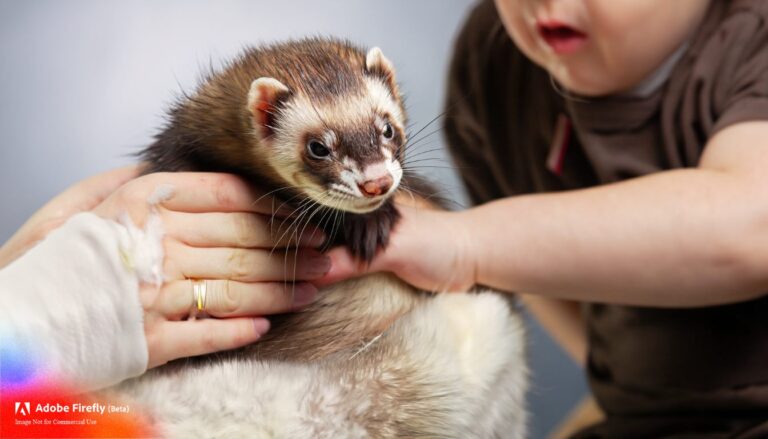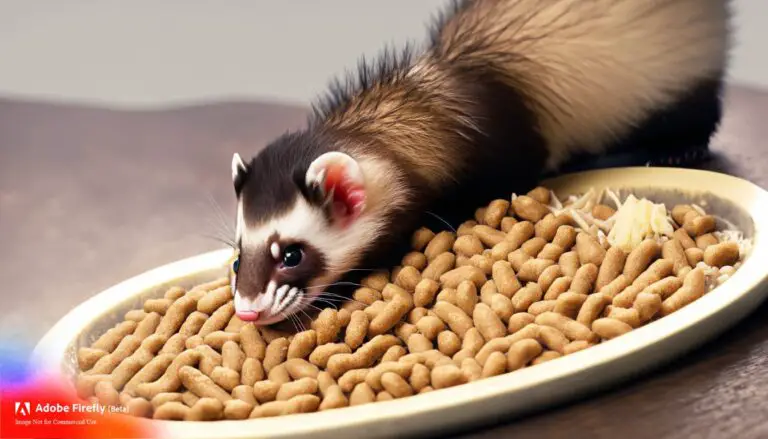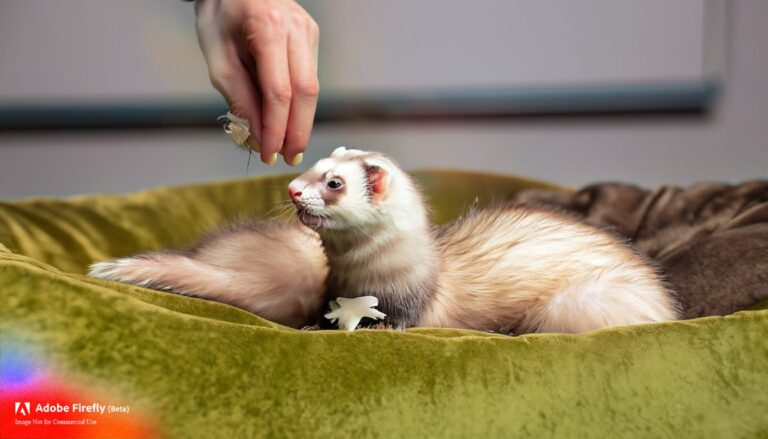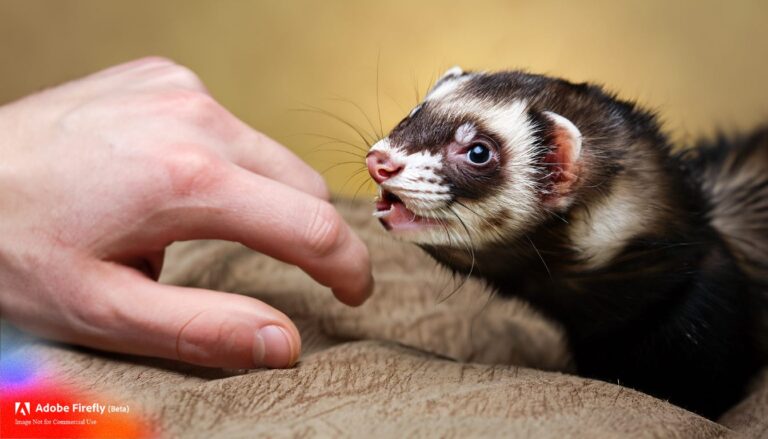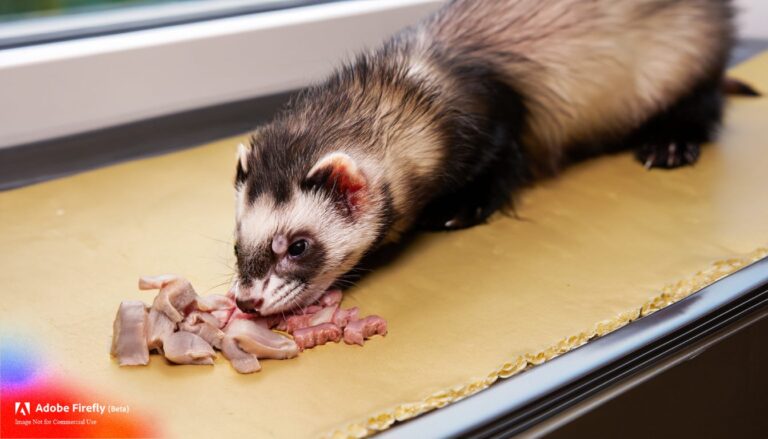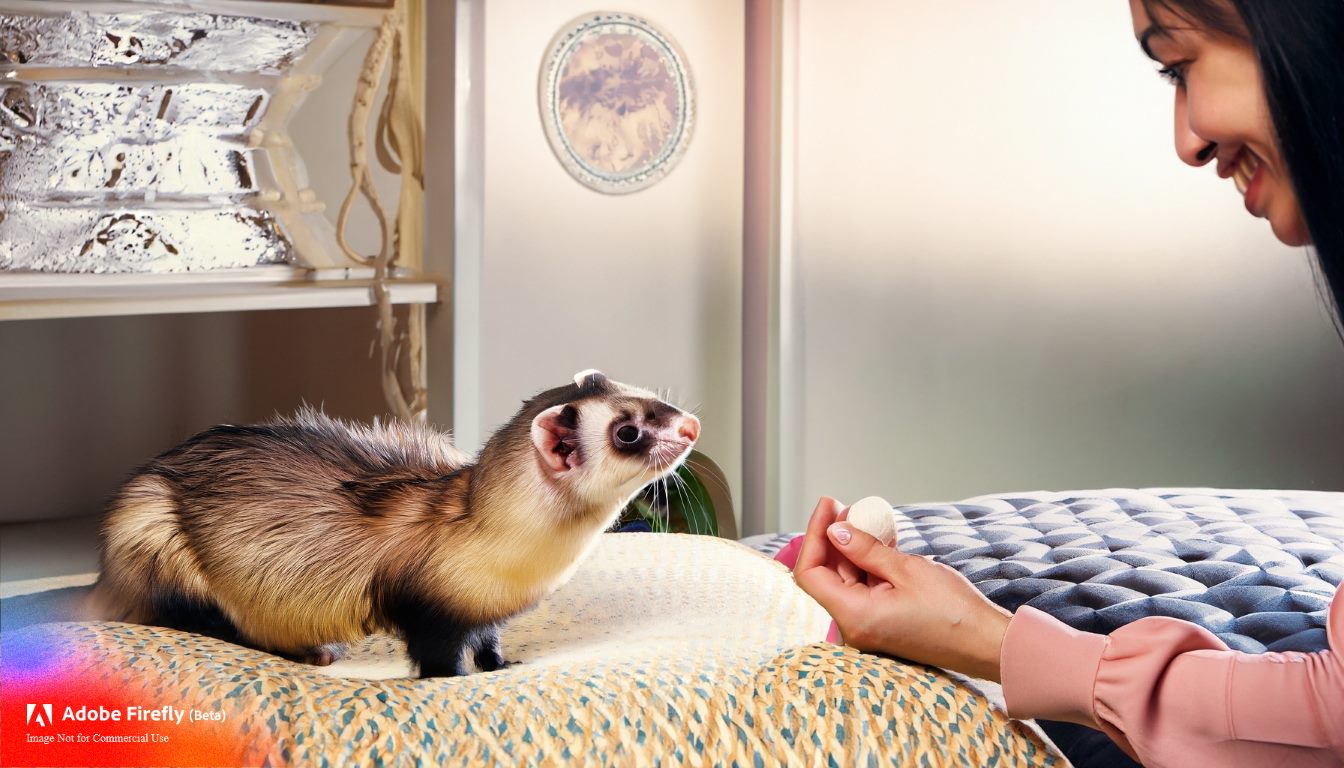
A lot of people think that furnishing a ferret cage is no big deal. Buy any old box, add a water bottle and a food dish and voila! There’s a lot more to it than that. A ferret cage must be properly designed and furnished, right down to the bedding.
Walls/floors/windows:
Most experienced ferret owners prefer to house their pets in a “condo-style” cage (i.e., a multi-level wire cage that allows maximum room to romp in a minimum of floor space. If you opt for a cage made of plastic-coated wire, check periodically to make sure your ferret hasn’t gnawed the coating, which will make your ferret sick.
Some people want something different for their ferrets. If you’re handy, you can build a cage out of sturdy wood but allow plenty of room for your fuzzy to run around and use a solid wood that your pets won’t dig through. Never use items like cardboard boxes (too fragile) or aquariums (nonporous). They were not made for ferrets to live in.
Of course, the cage walls should be strong and thick enough to keep your ferrets inside and everyone else outside. The door latch should be secure but easy for humans to gain access.
Remember that a wire cage’s walls are also its windows. No one likes to be “on-stage” all the time, even your ferret. Much as it loves you, your ferret needs some privacy. Use an old sheet or blanket to cover your cage at night.
The cage’s floors should not be made of wire or carpet. Wire can damage your pet’s paws. Carpet fibers can become lodged in ferret claws. Furthermore, if a ferret eats carpet, wool or other material, it can lead to intestinal problems.
While many people use cedar or pine chips to line pet cages, never use these for your ferret. The wood’s oils can cause respiratory problems in your pet.
Bedroom:
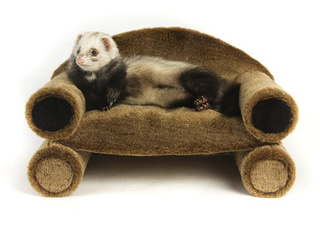
What should you put inside the cage? The most important words to keep in mind are “soft” and “sturdy”. Just about any soft durable fabric will be ideal for your ferret’s cage. Old T-shirts, sweat shirts, blankets and throw rugs make great hiding places. After all, “ferret” means “thief” and a good thief needs a hideout.
Old clothing also makes excellent bedding. Your fuzzies will love to burrow and hunker down in an old blanket or quilt. You may want to stitch the fabric into a quick hammock and hang it from the cage ceiling.
A hammock is one of a ferret’s favorite places to sleep or cuddle with its companions. You’ll be surprised at how many ferrets can pile up into one tiny hammock.
If you don’t have sewing skills, never fear. Most pet supply shops and websites will have pre-made hammocks to order.
Bathroom:
Now that the bedroom is complete, you need to pay attention to your ferret’s bathroom. Of course you will need a litter box, but resist the temptation to use your cat’s litter. Only use litter made from recycled paper, preferably a brand made specifically for ferrets. Ferrets love to burrow in litter and the clumping varieties can clog up ferret nasal passages.
Place the litter in a litter box designed to fit in a corner of the cage. Ferrets tend to use corners so a triangular shaped box is easiest to keep clean. You should keep one or two within the cage and also have an additional litter box or two outside the cage for play time. Pay attention to your ferret’s preferred place to “go” and place the box there.
Dining room:
Naturally, you will need two items in your ferret’s dining room: a water source and a food source. For the water source, some owners prefer to use a heavy, non-tipping bowl. Others prefer to use a water bottle. Both have their advantages and disadvantages.
A bowl makes it easy for several ferrets to drink at once. Plus it’s fun to watch a ferret splash around in the water. However, the splashing does make a mess that needs to be cleaned up.
On the other hand, the water bottle makes clean-up a breeze but your ferret may need to be trained to use it. Some owners find a water bottle is not as convenient to check and refill as a bowl.
A heavy, non-tipping food bowl is best for food. You may opt for one that attaches to the cage wall or one that stands alone. Whichever kind you choose, make sure it is placed within easy reach of your ferret and of the person who cleans and refills the bowl.

Utility room/laundry room/maid’s quarters:
Of course, your ferret doesn’t really have any of these rooms. But you do. Be sure to place all ferret cage cleaning supplies out of reach of your ferret, other pets and small children. You can wash ferret bedding in your washing machine.
Whenever you clean the cage or bedding, use non-toxic, fragrance-free cleaners to avoid allergens. Thoroughly rinse ferret cages and furnishings in clear water to avoid any residue. Clean these items often to cut down on odors and germs.


